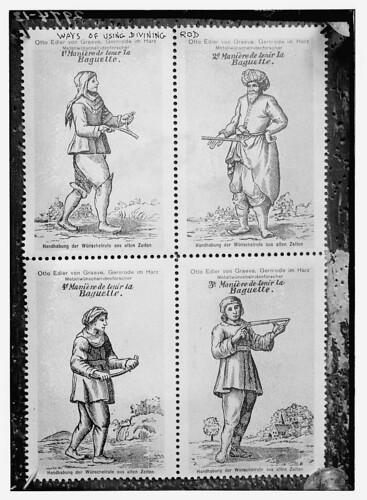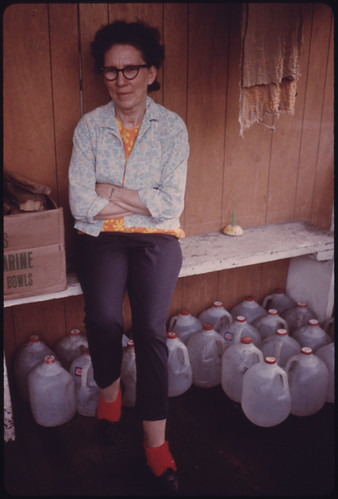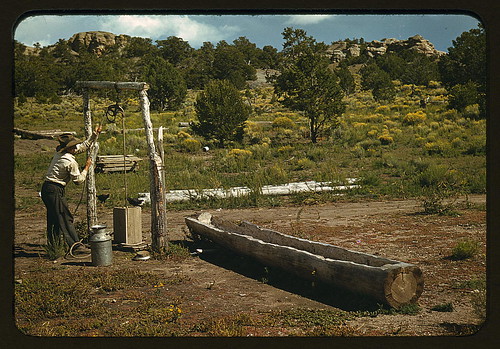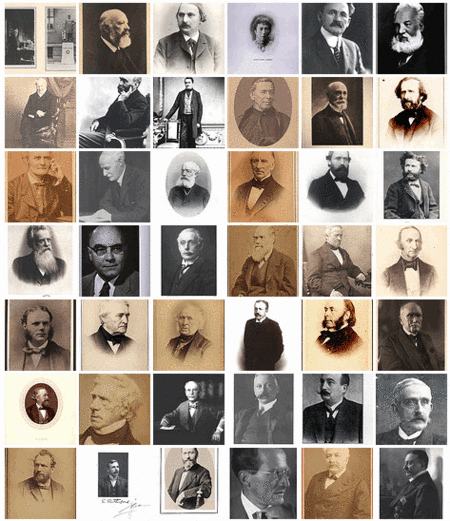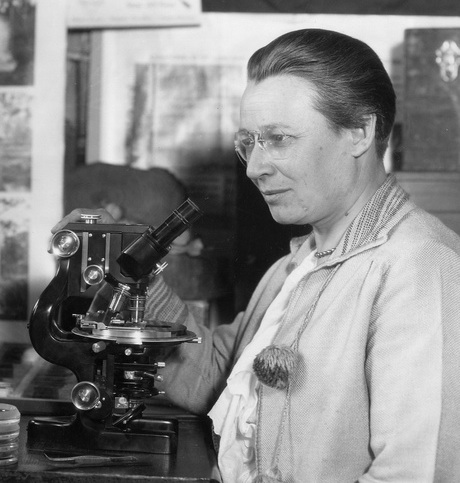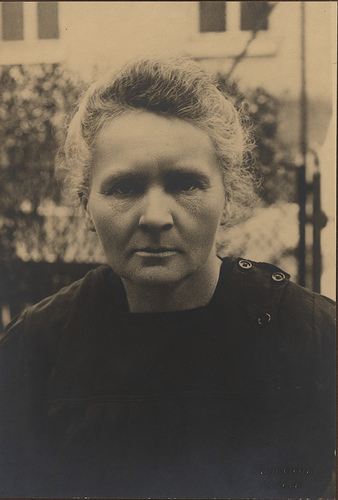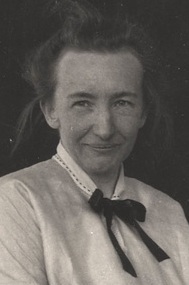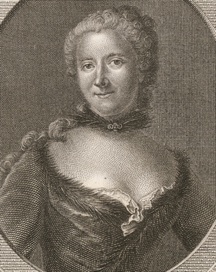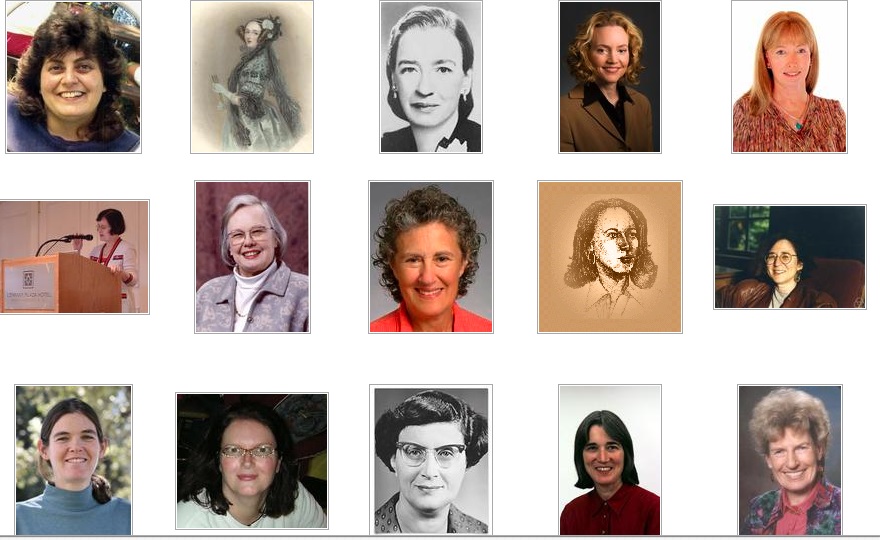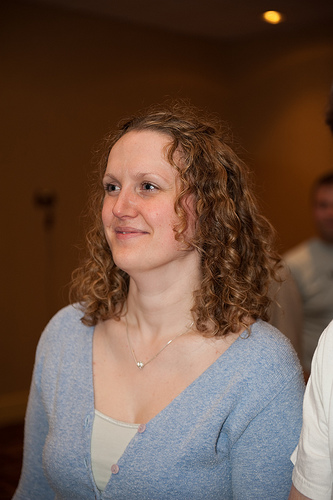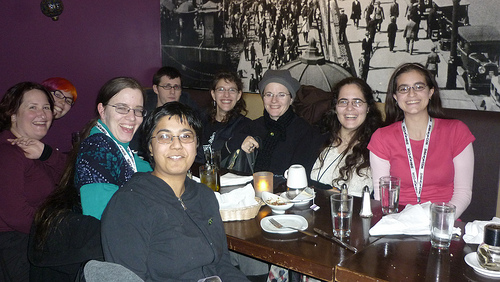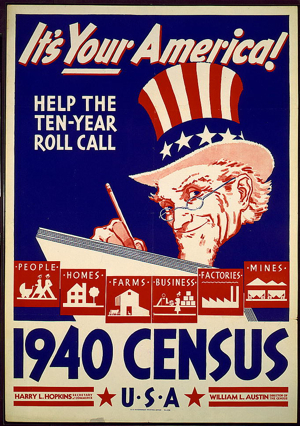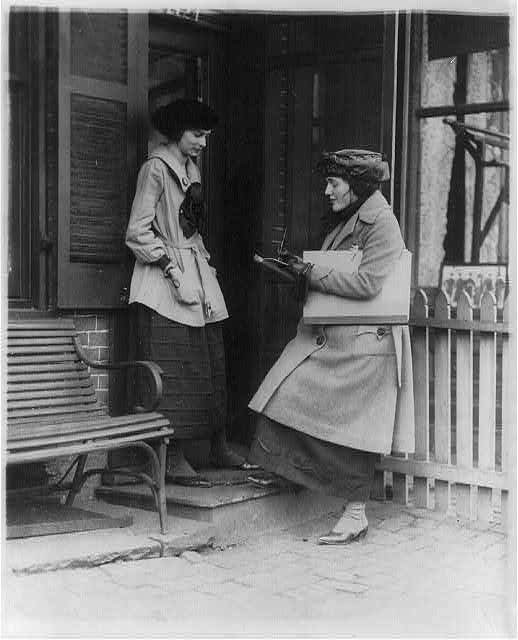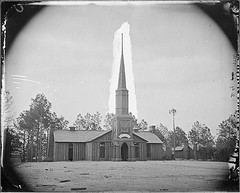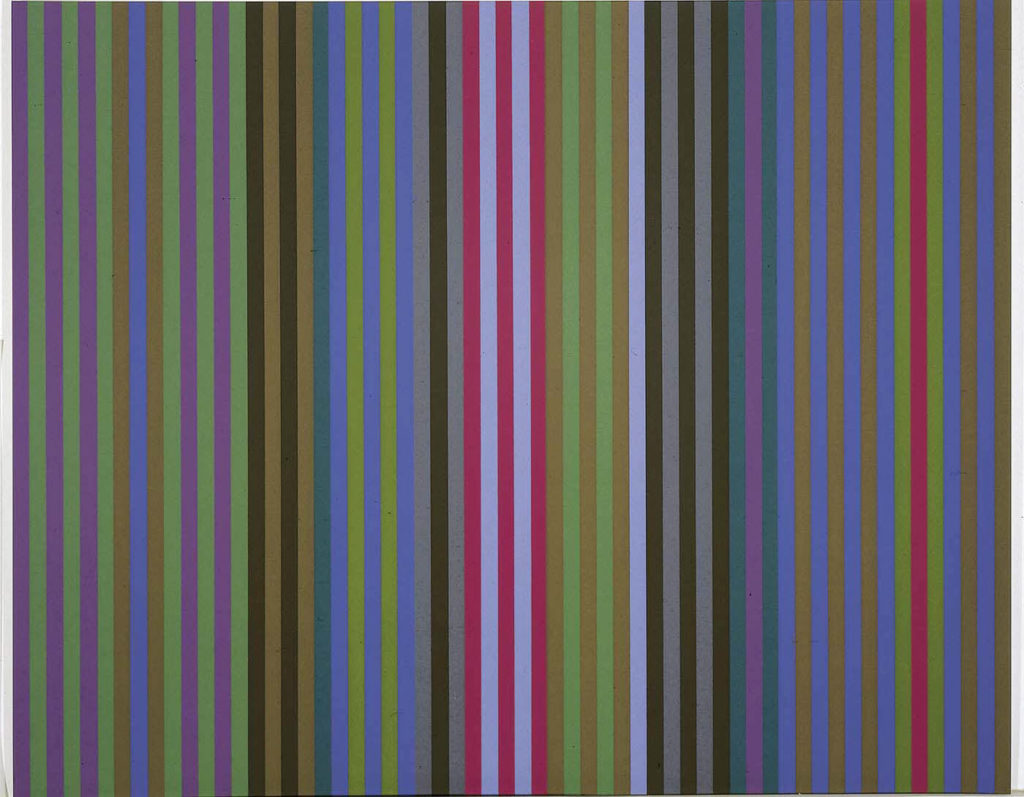 The sixth chapter in Partners for Preservation is “Accurate Digital Colour Reproduction on Displays: from Hardware Design to Software Features” by Dr. Abhijit Sarkar. As the second chapter in Part II: The physical world: objects, art, and architecture, this chapter continues to walk the edge between the physical and digital worlds.
The sixth chapter in Partners for Preservation is “Accurate Digital Colour Reproduction on Displays: from Hardware Design to Software Features” by Dr. Abhijit Sarkar. As the second chapter in Part II: The physical world: objects, art, and architecture, this chapter continues to walk the edge between the physical and digital worlds.
My mother was an artist. I spent a fair amount of time as a child by her side in museums in New York City. As my own creativity has led me to photography and graphic design, I have become more and more interested in color and how it can change (or not change) across the digital barrier and across digital platforms. Add in the ongoing challenges to archival preservation of born-digital visual records and the ever-increasing efforts to digitize archival materials, and this was a key chapter I was anxious to include.
One of my favorite passages from this chapter:
If you are involved in digital content creation or digitisation of existing artwork, the single most important advice I can give you is to start by capturing and preserving as much information as possible, and allow redundant information to be discarded later as and when needed. It is a lot more difficult to synthesise missing colour fidelity information than to discard information that is not needed.
This chapter, perhaps more than any other in the book, can stand alone as a reference. It is a solid introduction to color management and representation, including both information about basic color theory and important aspects of the technology choices that govern what we see when we look at a digital image on a particular piece of hardware.
On my computer screen, the colors of the image I selected for the top of this blog post please me. How different might the 24 x 30-inch original screenprint on canvas mounted on paperboard, created fifty years ago in 1969 and now held by the Smithsonian American Art Museum, look to me in person? How different might it look on each device on which people read this blog post? I hope that this type of curiosity will lure you develop an understanding of the impacts that the choices explored in this chapter can have on how the records in your care will be viewed in the future.

Bio:
Abhijit Sarkar specializes in the area of color science and imaging. Since his early college days, Abhijit wanted to do something different from what all his friends were doing or planning to do. That mission took him through a tortuous path of earning an undergraduate degree in electrical engineering in India, two MS degrees from Penn State and RIT on lighting and color, and a PhD in France on applied computing. His doctoral thesis was mostly focused on the fundamental understanding of how individuals perceive colors differently and devising a novel method of personalized color processing for displays in order to embrace individual differences.
Because of his interdisciplinary background encompassing science, engineering and art, Abhijit regards cross-discipline collaborations like the Partners for Preservation extremely valuable in transcending the boundaries of myriads of specialized domains and fields; thereby developing a much broader understanding of capabilities and limitations of technology.
Abhijit is currently part of the display design team at Microsoft Surface, focused on developing new display features that enhance users’ color experience. He has authored a number of conference and journal papers on color imaging and was a contributing author for the Encyclopedia of Color Science and Technology.
Image source: Bullet Proof, from the portfolio Series I by artist Gene Davis, Smithsonian American Art Museum, Bequest of Florence Coulson Davis

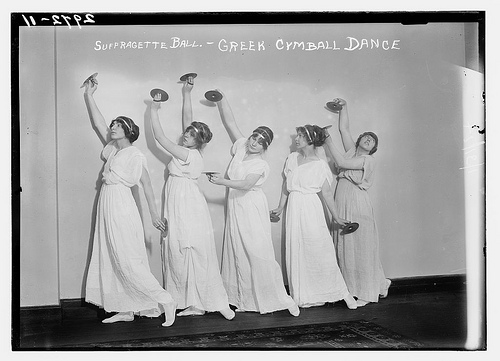
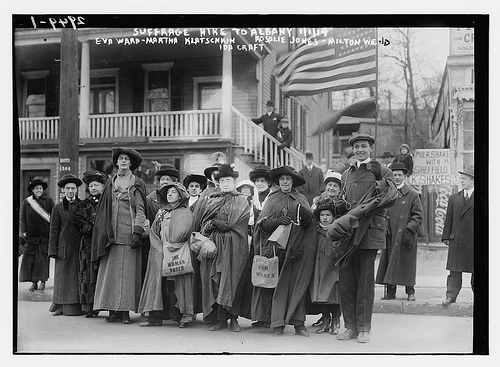

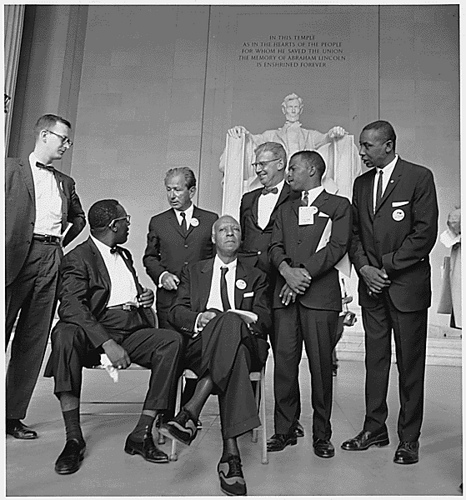
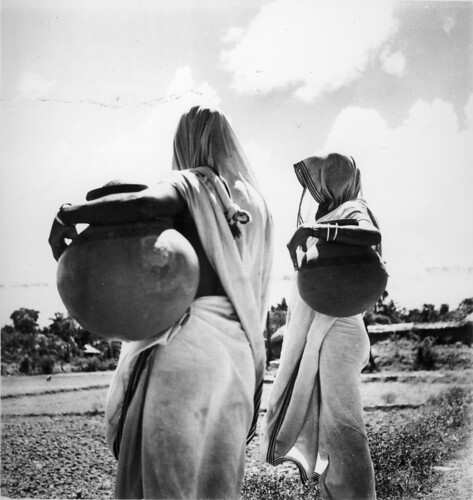


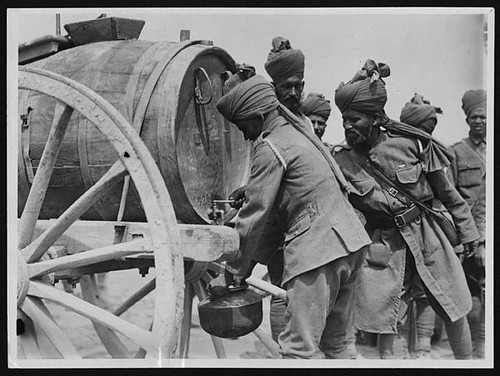
![[Native girls, Marken Island, Holland] (LOC)](https://farm3.static.flickr.com/2623/4119292691_73ed938b84.jpg)
